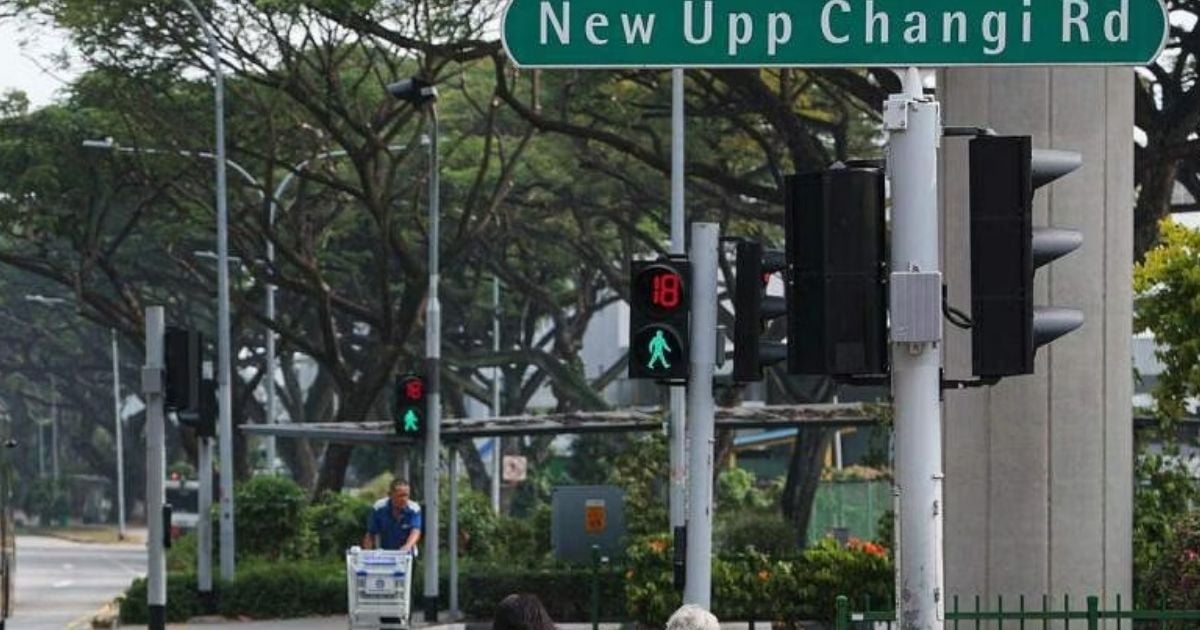As Singapore continues to develop and advance, it is important that we as a society don’t leave others behind.
To ensure inclusivity within our small island, Singapore is taking steps to make it easier for the visually impaired to travel around.
Over 62 traffic lights in Singapore now have the ability to “talk”, and there are plans to increase the number of such traffic lights over the years.
Here is more about this traffic light initiative and how it can help the visually impaired.
Singapore Has 62 “Talking” Traffic Lights Located Across the Island
Singapore has installed “talking” traffic lights across the island.
Why do we need this? It’s not just for “fun”.
The purpose of these traffic lights is to help the visually impaired cross the road more easily.
There are currently 62 such traffic lights installed in Singapore, Zaobao reports.
This number was shared by the Acting Minister for Transport, Chee Hong Tat, at a forum earlier this week.
Since 2004, the Land Transport Authority (LTA) has been equipping traffic lights with the ability to “make sounds” to help the visually impaired travel outside their homes.
This has been rolled out to 1,300 traffic lights across the island.
The sounds are only made between 7 a.m. and 9 p.m. to avoid disturbing residents.
This function was made by the engineers so that there is a balance between helping those who are in need and having peace and quiet at night.
The initiative for “talking” traffic lights does not stop here.
The LTA shares that as part of their master blueprint to help the disabled in Singapore move around with ease, they plan to have up to 325 such traffic lights in Singapore.
The deadline for completion of this plan is 2025, just a short three years from now.
Once completed, the traffic lights will benefit more than ten districts in Singapore, including locations such as Ang Mo Kio, Toa Payoh, Sengkang, Tampines, Bedok, Red Hill, Chua Chu Kang, Jurong West, Woodlands and Yishun.
Did you spot your district in the list above?
These traffic lights, when completed, will release soft sounds to guide the visually impaired crossing the road.
However, the sounds will not be automatically emitted round the clock.
Once 9 p.m. rolls around, the sounds will only be emitted if the visually impaired can scan their specially issued card on the “friendly green man” reader.
This, again, is in consideration for residents nearby who may want their beauty rest at night.
We’re not sure about you, but this sure sounds like a great idea to improve the accessibility of those who may require external support to cross the road.



